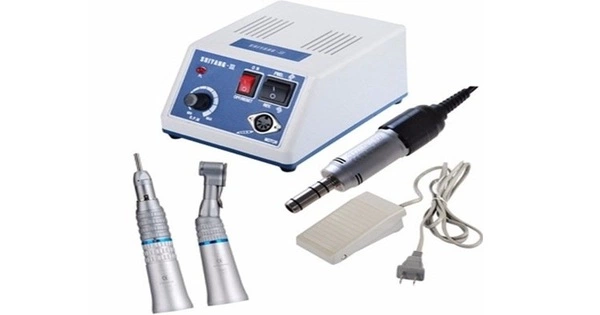Micromotors are tiny particles (measured in microns) that can move on their own. It is a small-scale motor that is compact and operates at a miniature scale. Despite the implied size difference, the terms “nanomotor” and “micromotor” are frequently used interchangeably. When immersed in a chemical solution, these micromotors propel themselves in a specific direction autonomously. There are numerous micromotor types that operate via a variety of mechanisms. Biological motors, such as bacteria and other self-propelled cells, are easily the most important examples. It is commonly used in applications requiring size and precision, such as medical devices, robotics, microelectronics, and microfluidics.
Researchers have used oxidation-reduction reactions to create chemical gradients, local fluid flows, or streams of bubbles, which are then used to propel these micromotors through chemical media. To control the behavior of these micromotors, various external (light, magnetism) and internal (fuel concentration, material composition, particle asymmetry) stimuli can be used.
Micromotors may have medical applications because they have been shown to deliver materials to living cells within an organism. They have also been shown to degrade certain chemical and biological warfare agents.
Micromotors are distinguished by their small size, high speed, and low power consumption. To achieve their compact form factor, they frequently incorporate advanced technologies such as microfabrication techniques and miniaturized components. Micromotors are classified into electromagnetic, electrostatic, piezoelectric, and ultrasonic motors. Each type works on a different set of principles and mechanisms.
Electromagnetic micromotors generate rotational motion by utilizing electromagnetic fields. They are made up of a stator (stationary component) and a rotor (rotating component), with the rotor typically connected to a driveshaft. A magnetic field is generated by applying varying electrical currents to the stator coils, causing the rotor to rotate.
Electrostatic micromotors rely on the attraction and repulsion forces that exist between electrically charged components. They are typically made up of fixed and movable electrodes, with the movable electrode connected to a rotor. By applying voltage to the electrodes, an electrostatic field is created, which causes the rotor to move.
Piezoelectric micromotors make use of the piezoelectric effect, in which certain materials deform when subjected to an electric field. These motors frequently make use of piezoelectric ceramics or crystals. The motor moves or rotates due to material deformation.
Ultrasonic micromotors generate motion by using high-frequency sound waves. These motors make use of the acoustic streaming phenomenon, in which the oscillation of the waves causes a flow of fluid, resulting in movement.
The design and construction of a micromotor are determined by the intended application. Micromotors with high precision, reliability, and performance can now be produced thanks to advances in microfabrication techniques, making them useful in a variety of industries.
















